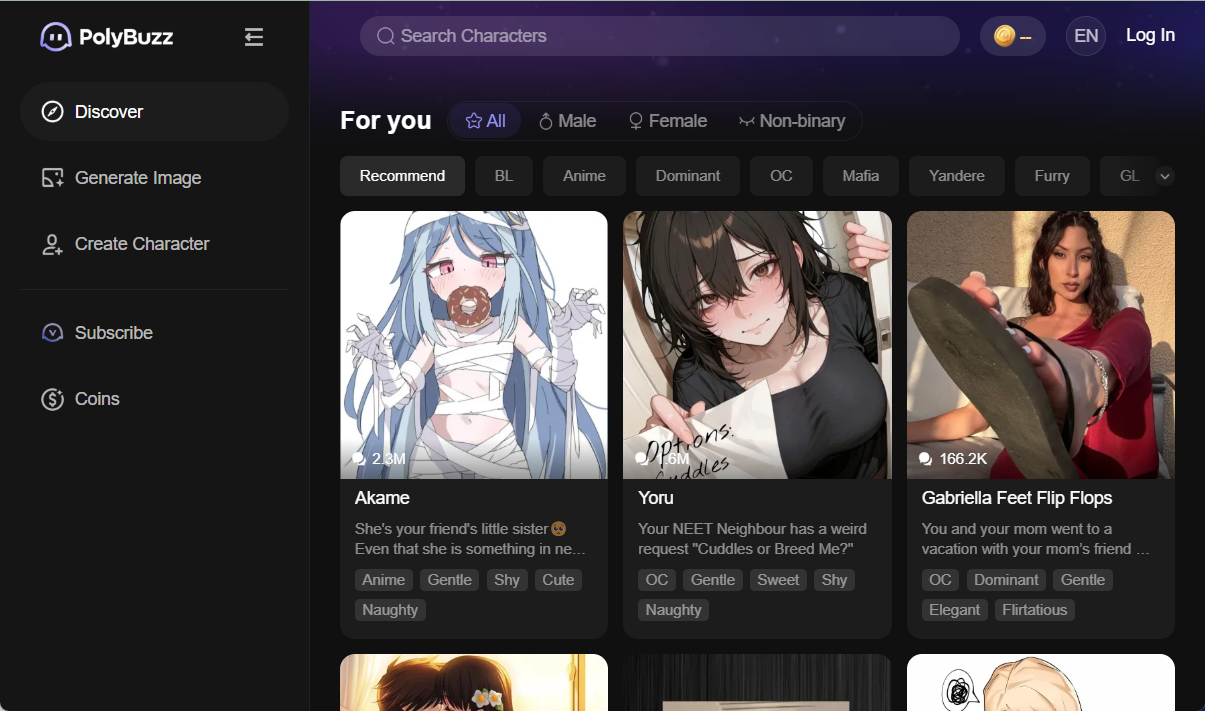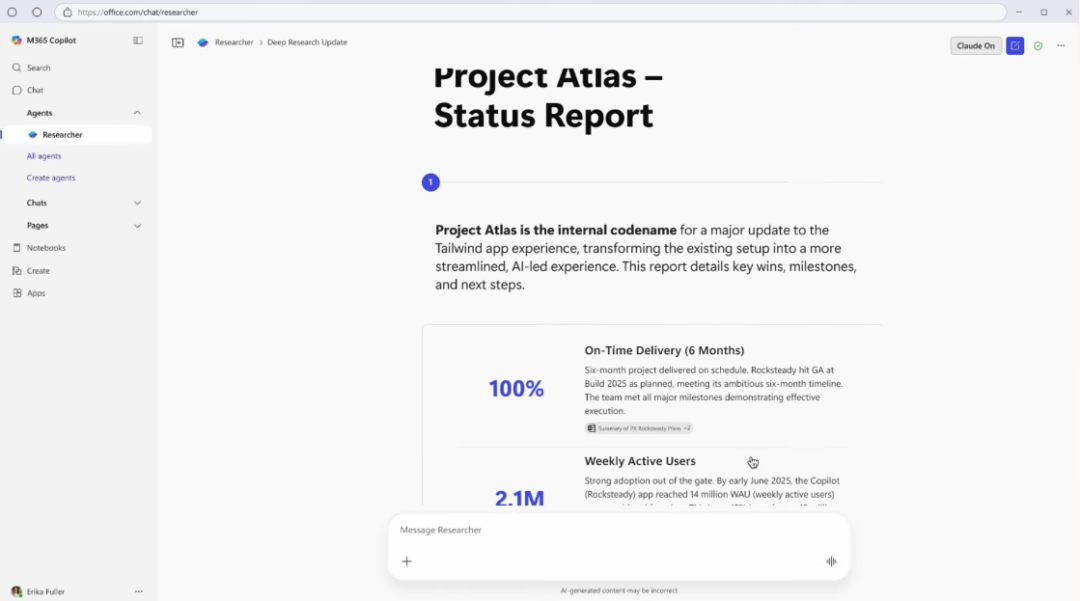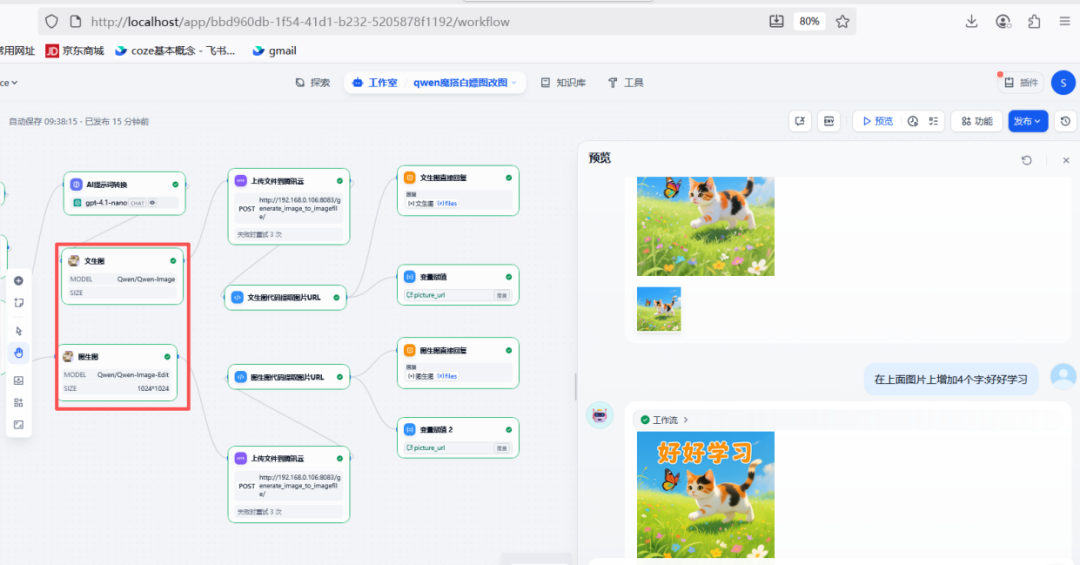Practical Paths for Modern Web Technology Stacks in AI Applications
Zola chose Next.js as the basic framework, giving full play to its server-side rendering advantages to solve the first-screen loading performance problems, and at the same time using React componentization features to build reusable chat interface modules. Measurement data shows that in a regular network environment, the message response latency is controlled within 800ms, thanks to the framework's optimized virtual DOM update mechanism.
The style system adopts Tailwind CSS to realize atomic design, and quickly builds adaptive layout through preset utility classes. Especially in the dark mode switching function, only need to dynamically modify the CSS variables of the root element to complete the global theme update, compared with the traditional style sheet program to reduce the amount of code by 70%. The mobile adaptation uses viewport unit combined with flex layout to ensure that the operating hotspot is reasonably distributed in the 320px-768px screen area.
In terms of development efficiency, the technology combination has shortened the feature iteration cycle to 2-3 days/release. The project-configured ESLint+Prettier toolchain ensures code consistency when teams collaborate, while the Vercel platform's automated deployment capabilities further refine the DevOps process. This architectural choice provides a reusable engineering paradigm for similar AI applications.
This answer comes from the articleZola: Open Source AI Chat Web App with Document Upload and Multi-Model SupportThe






























